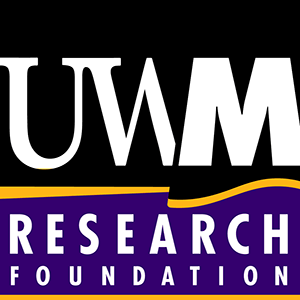
OTT1623
Applications
Healthcare, water management, food industry, Biofilm detection, Hospital management.
Target Problems
- Biofilms are ubiquitous, they impact many areas of human life, such as microbial related diseases, infections of medical devices, fouling of engineering surfaces, and even biodegradation of environmental pollutants.
- In the food industry, biofilm formation has been a major problem. Biofilms form not only on processing environment surfaces, but also on food itself.
- Hospitalizations for three common waterborne diseases cost the health care system multimillions each year. The most common types; Legionnaires’ disease, cryptosporidiosis, and giardiasis.
Key Benefits
- Sensitive – Enables early-stage detection of biofilms in pipe walls.
- Real-Time Monitoring – Instantaneous results thus enabling the user to take quick actions.
- Retrofit – The entire set up can be fit to the existing plant and is non-destructive.
Technology
Dr. Marcia Silva, an Inventor at University of Wisconsin, Milwaukee (UWM), has developed a novel technique that uses an acoustic wave system to detect the amount of biofilm inside a pipe, tank, or tube containing a fluid. The method applies to any medium which is filled with fluid and intended for human use or consumption and potentially for surfaces in addition. By utilizing this early and non-invasive detection system many issues with people getting sick from these microbial consortia can be reduced and eliminated. This technology uses a transmitter, receiver, and electronic controller to send, receive and detect an ultrasonic signal based on the attenuation (the reduction of the amplitude of a signal) and phase shift of the signal. Although attenuation by single reflection is too small to detect, the attenuation by multiple reflections is large enough to be accurately characterized.
Intellectual Property
U.S Utility Patent Filed December 2020, US20210254972A1
Lead Inventor
Marcia Silva, Ph.D., Associate Scientist and Director, Water Technology Accelerator (WaTA)
